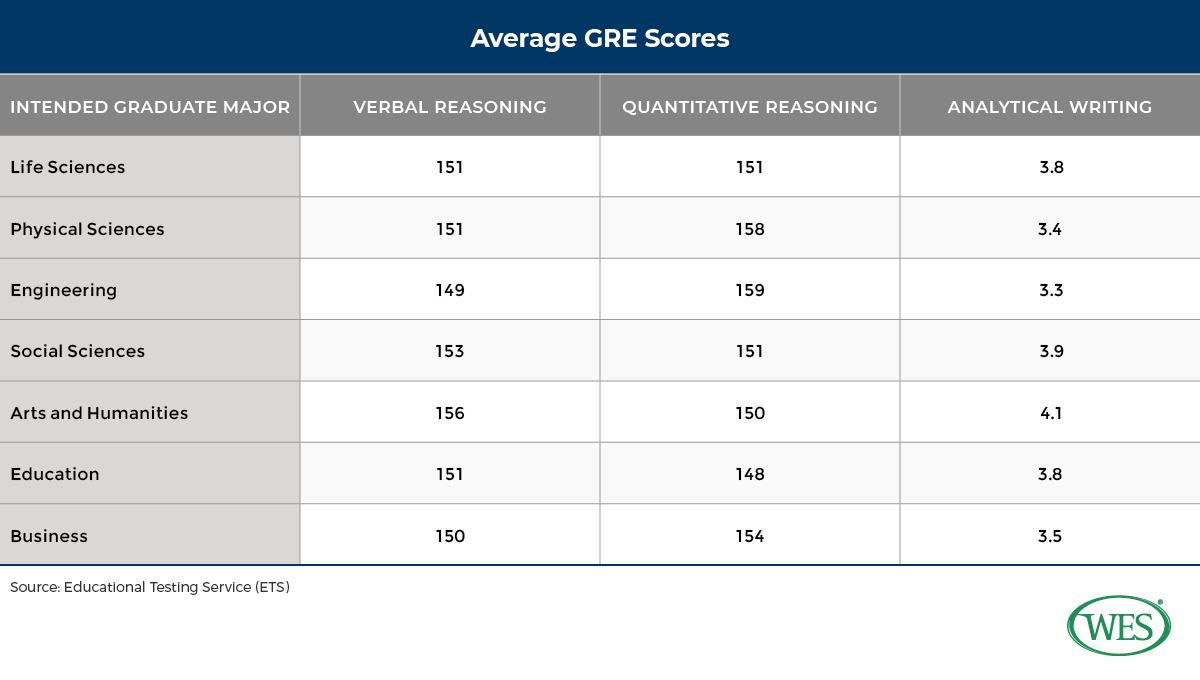If you are planning to go to graduate school in the U.S., you may be required to take the Graduate Record Exam (GRE). The GRE is an exam that evaluates your ability to succeed at graduate school. Although not all graduate schools and programs use the GRE as an admissions factor, for those that do, an applicant’s GRE score is one of the main factors used to determine eligibility for and acceptance into a program. For this reason, it is important to be well-prepared for the GRE and score as highly as you can.
The GRE General Test can either be computer-delivered or paper-delivered. Whether you take the computer or paper version of the test is determined by the location of your test center. The vast majority of test takers complete the computer-delivered test. Therefore, this blog post will examine the structure and time breakdown of each component of the computer-delivered test.
Exam Structure
The total time provided for the GRE General Test is about 3 hours and 45 minutes. The exam is broken down into the following sections:
- Analytical Writing: This section is broken into two parts, each lasting 30 minutes. The first task is to examine a problem, and the second is to analyze an argument.
- Verbal Reasoning: This part contains two sections with 20 questions each. The time allotted per section is 30 minutes.
- Quantitative Reasoning: This part contains two sections with 20 questions each and a 35-minute time limit per section.
- Unscored: An experimental section, this portion of the test does not count toward your score, but may appear at any time after the Analytical Writing section.
- Research: Instead of the unscored section, you may receive a research section. This section does not count toward your score and will always appear at the end of the test.
Order of the Exam
The analytical writing section is always the first section, while the others may appear in any order. This is why even the unscored section must be treated like a scored section so that you can complete the test on time.
Questions within a section can be skipped and returned to later if you have time. You are also given “mark” and “review” features for each question. Answers can also be edited and corrected if needed.
Scoring
The scores of the GRE exam are valid for up to five years from the date of testing, after which you may need to retake the test. These are the following scoring patterns for the GRE:
- Verbal Reasoning: 130-170 with an increment of 1 point
- Quantitative Reasoning: 130-170 with an increment of 1 point
- Analytical Writing: 0 to 6 points with an increment of half a point
Remember that sections that go unanswered will be marked “NS” or “No Score.” See a sample score report.
What is a Good GRE Score?
According to the Educational Testing Service (ETS), listed below are the average GRE scores by intended graduate major field:

To have a clear strategy and plan of action, create a list of your target programs and schools when you begin your GRE preparation. Next, you can begin researching GRE score requirements through the available ETS data, school websites, articles, and other resources. Once you have done that, you will have a clearer GRE score goal in front of you.
This table serves as a broad guide; the GRE score requirements or average scores will be higher for top graduate programs and universities. So, applicants should be sure to research requirements for their own target programs.
Also, do not get too focused on one GRE score. Although it is important to earn a good score, it is not the only factor that is considered in university admissions. Make sure that you carefully prepare and the scores will take care of themselves. Good luck testing!
Related Reading




